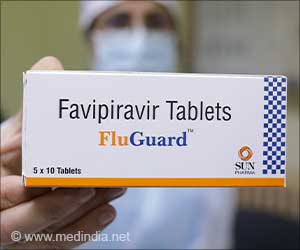Highlights :
- Stroke risk is higher in South Asians and diaspora compared to whites
- Among South Asians, urban population are at higher stroke risk than rural population
- Diabetes, hypertension, and high cholesterol levels increase stroke risk
Stroke
Go to source).
There is no clear-cut reason for the underlying mechanism for this disparity. But it may be due to lifestyle and dietary, that had occurred especially during the last twenty years in urban India.
Strokes are a major public health issue, with stroke incidence increasing globally. Strokes are the third leading cause of death and the leading cause of long-term disability in the United States. Stroke numbers have increased by almost three to five times in the past decade (2✔ ✔Trusted Source
Neuroepidemiology
Go to source).
What is a Stroke?
Most strokes are caused by a blood clot that blocks blood flow to the brain. Lacunar stroke is a type of stroke caused due to changes in glucose levels in the body. Increased glucose in blood interacts with small vessels in the body. This interaction may thicken the blood vessel walls and may decrease blood supply to the brain, causing a stroke (1✔ ✔Trusted SourceStroke
Go to source).
The incidence of lacunar stroke is higher than other kinds of stroke in the South Asian population. With necessary lifestyle and dietary modifications, it can be prevented.
The major risk factors for stroke are diabetes, hypertension, and high cholesterol levels. They cause strokes in more than 25% of patients (1✔ ✔Trusted Source
Stroke
Go to source).
Improper stroke management, late diagnosis, socioeconomic barriers, and differences in genetics and ethnicity are also important risk factors for stroke (3✔ ✔Trusted Source
Ethnic differences in incidence of stroke: prospective study with stroke register
Go to source).
Lack of proper facilities for proper management of stroke and late diagnosis and follow-up in South Asian countries also add up to this risk.
Apart from these ethnicity, racial factors, and adaptive responses to migration may also contribute to this increased incidence and mortality. The rapid transition to a Westernized lifestyle among migrants may be another reason (1✔ ✔Trusted Source
Stroke
Go to source).
How can we Prevent Stroke?
More studies are needed on South Asian populations to correctly identify the risk factors. Regular health screenings, strict management, and monitoring of glucose levels are mandatory.Read More..
Healthcare workers should take measures to counsel and guide diabetics and hypertensive patients and motivate them to regular check-ups, and diet and lifestyle changes like quitting smoking.
References:
- Stroke - (https://www.ahajournals.org/doi/full/10.1161/STROKEAHA.108.535724)
- Neuroepidemiology - (https://www.karger.com/Journal/Details/224263)
- Ethnic differences in incidence of stroke: prospective study with stroke register - (https://www.bmj.com/content/318/7189/967.short)
Source-Medindia















